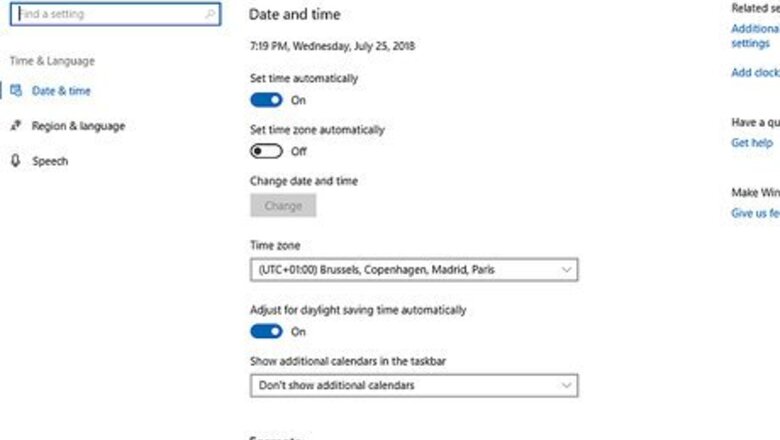
views
Disabling Automatic Time and Date
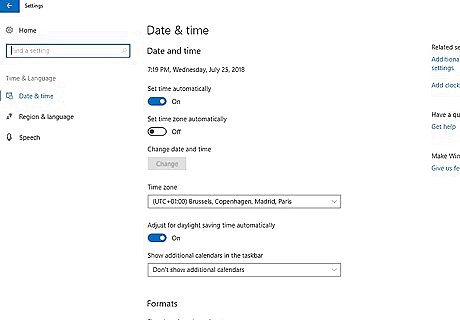
Understand why this is necessary. While you can change your computer's time and date with Command Prompt while your computer's automatic time and date is active, your computer will eventually reset its time and date to match the current one. In some cases, your computer will reset the time and date as soon as you close Command Prompt.

Open Start Windows Start. Click the Windows logo in the bottom-left corner of the screen.

Open Settings Windows Settings. Click the gear-shaped icon in the lower-left corner of the Start window. This will prompt the Settings window to appear.
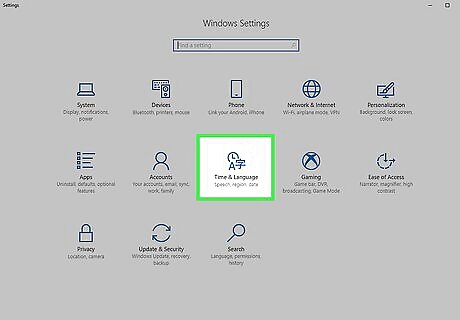
Click Time & Language. This option is in the middle of the Settings window.
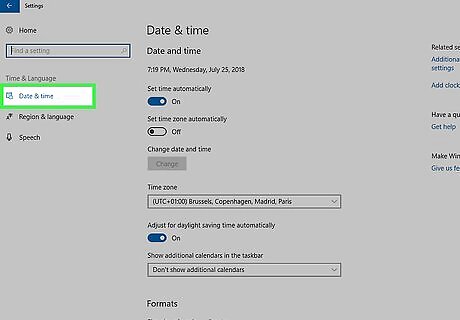
Click Date & time. It's a tab in the upper-left side of the window.
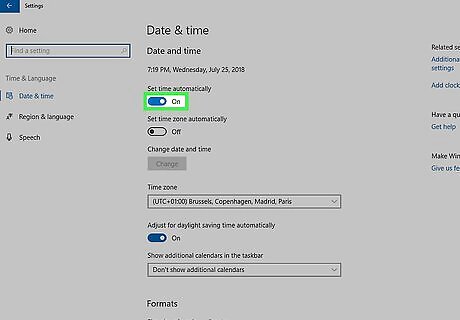
Click the colored "Set time automatically" switch Windows Switch On. The switch will turn grey Windows Switch Off, indicating that Windows will no longer attempt to reset the time and date automatically. At this point, you're free to change your computer's time and date in Command Prompt.
Changing the Time and Date
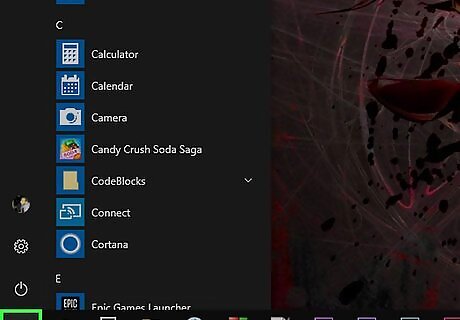
Open Start Windows Start. Click the Windows logo in the bottom-left corner of the screen. The Start menu will pop up.
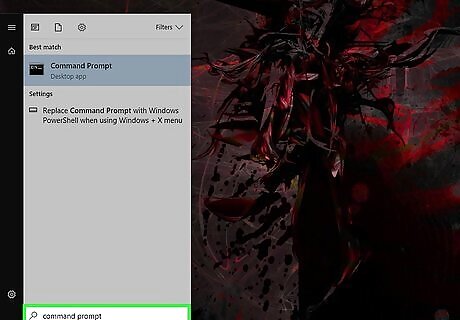
Search for Command Prompt. Type in command prompt, then wait for Command Prompt to appear at the top of the Start menu.

Right-click Windows cmd Command Prompt. It's at the top of the Start menu. A drop-down menu will appear. If your mouse doesn't have a right-click button, click the right side of the mouse, or use two fingers to click the mouse. If your computer uses a trackpad instead of a mouse, use two fingers to tap the trackpad or press the bottom-right side of the trackpad.
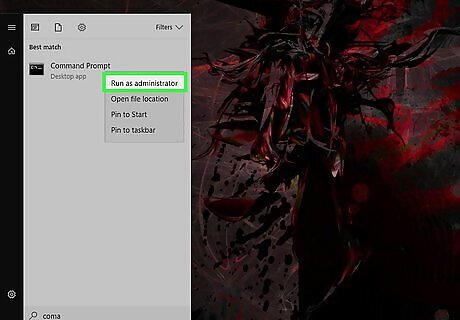
Click Run as administrator. This option is in the drop-down menu. You can't change your computer's time and date without administrator privileges.
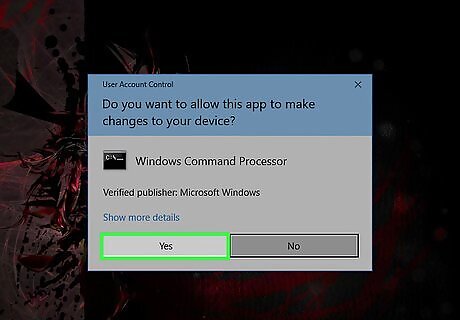
Click Yes when prompted. Doing so confirms that you want to open Command Prompt; you should see the Command Prompt window appear at this point.
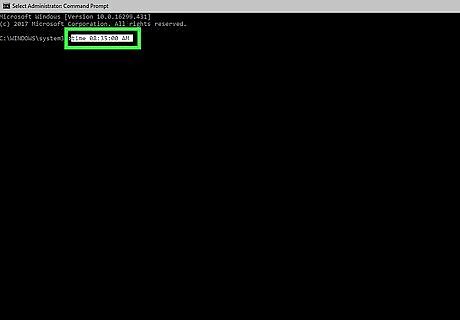
Change the time. The command for changing time in Command Prompt is time HH:MM:SS AM/PM where "HH:MM:SS" refers to the hour, minute, and second, and "AM/PM" refers to whether it's morning or afternoon. To change your computer's time, type in this command with your preferred time indicated, then press ↵ Enter. For example, typing in time 08:35:00 AM and pressing ↵ Enter would change your computer's time to 8:35 AM. To change the time to 10:00 PM, you would type in time 10:00:00 PM and press ↵ Enter. If you're comfortable with 24-hour time, you can type in your preferred time (e.g., 14:00:00 for 2:00 PM) and leave off the "AM" or "PM" tag.
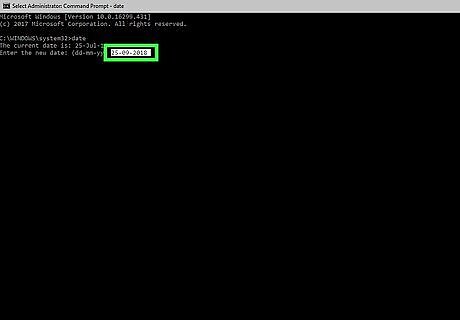
Change the date. The date format you'll use in Command Prompt depends on your country, but Command Prompt will tell you which format to use: type in date and press ↵ Enter, then type in the date you want to use in whichever format is specified by Command Prompt (e.g., "mm-dd-yyyy" in the United States) and press ↵ Enter. To change a United States computer's date to September 25th, 2018, you would type in date and press ↵ Enter, then type in 09-25-2018 and press ↵ Enter. To adjust the date to read October 12th, 2018 on a European computer, you would type in date and press ↵ Enter, then enter either 12-10-2018 or 2018-10-12 depending on your location.

Review your computer's time and date. In the bottom-right corner of the screen, you should see both your updated time and your updated date reflected in your region's format. If you use 24-hour time, you won't see "AM" or "PM" listed here.




















Comments
0 comment